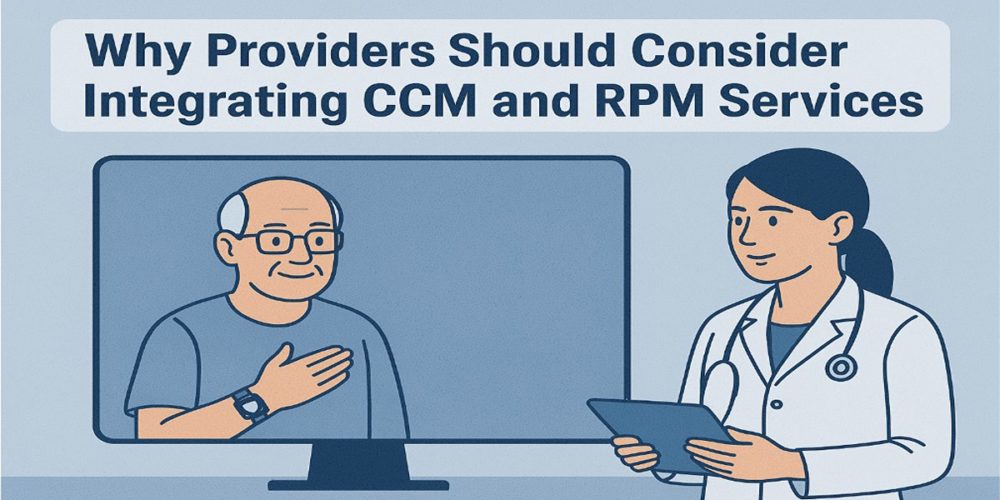Hospital readmissions are a significant issue for hospitals across the country. According to the Centers for Medicare and Medicaid Services (CMS), approximately 1 in 5 Medicare patients are readmitted within 30 days of discharge, costing the healthcare system billions of dollars each year. Remote Patient Monitoring (RPM) has been shown to be an effective tool in reducing hospital readmissions.
What is Remote Patient Monitoring?
Remote patient monitoring (RPM) devices are becoming an increasingly popular tool in reducing hospital readmissions. RPM involves the use of devices that allow patients to receive medical attention from their homes, while healthcare providers monitor the patient’s condition remotely. By keeping tabs on patients’ vital signs and other health metrics, healthcare providers can intervene before a serious condition worsens and requires hospitalization. Here are some examples of how medical institutions have reduced hospital readmissions using RPM devices

RPM devices for heart failure patients
A study published in the Journal of the American College of Cardiology showed that RPM devices reduced hospital readmissions for heart failure patients by 56% compared to patients who did not use RPM devices. The study involved 2,100 heart failure patients, and the RPM devices tracked the patients’ weight, blood pressure, and heart rate. If any of these metrics were out of range, the healthcare provider was notified and could intervene before the patient’s condition worsened.
Source: Ong, M. K., Romano, P. S., Edgington, S., Aronow, H. U., Auerbach, A. D., Black, J. T., … & Fonarow, G. C. (2016). Effectiveness of remote patient monitoring after discharge of hospitalized patients with heart failure: the better effectiveness after transition–heart failure (BEAT-HF) randomized clinical trial. JAMA internal medicine, 176(3), 310-318.
RPM devices for COPD patients
A study published in the International Journal of Chronic Obstructive Pulmonary Disease showed that RPM devices reduced hospital readmissions for COPD patients by 51% compared to patients who did not use RPM devices. The study involved 80 COPD patients, and the RPM devices tracked the patients’ oxygen saturation, heart rate, and breathing rate. If any of these metrics were out of range, the healthcare provider was notified and could intervene before the patient’s condition worsened.
Source: Kamei, T., Yamamoto, Y., Kajii, F., Nakayama, Y., & Kanda, S. (2016). The effectiveness of a remote monitoring system for chronic obstructive pulmonary disease. International journal of chronic obstructive pulmonary disease, 11, 793.

RPM devices for post-surgery patients
A study published in the Journal of Arthroplasty showed that RPM devices reduced hospital readmissions for post-surgery patients by 63% compared to patients who did not use RPM devices. The study involved 75 post-surgery patients, and the RPM devices tracked the patients’ range of motion, pain level, and temperature. If any of these metrics were out of range, the healthcare provider was notified and could intervene before the patient’s condition worsened.
Source: Judd, D. L., Paulus, M. C., Wijdicks, C. A., Stevens-Lapsley, J. E., & Adolphson, J. (2016). Individuals Undergoing Total Knee Arthroplasty With Remote Monitoring and Support: A Randomized Controlled Trial. The Journal of arthroplasty, 31(10), 2141-2146.
Overall, these studies suggest that remote patient monitoring devices are an effective tool in reducing hospital readmissions for a variety of conditions. Specifically, by providing patients with the ability to monitor their health from home and alerting healthcare providers when a patient’s condition worsens, RPM devices allow for earlier intervention and potentially preventable hospital readmissions.



